Schedule: Playlist
Opening Remark (Video)
by Heetae Kim17:00 - 17:10 (CST)
Stability in Power Grids and Influences of Climate Extremes (Video)
by Jürgen Kurths17:10 - 17:40 (CST)
Complexity and the Grid (Video)
by Frank Hellmann17:40 - 18:10 (CST)
Meal break
18:10 - 19:00 (CST)Voltage angle and frequency wave propagation through high-voltage power grid (Video)
by Philippe Jacquod19:00 - 19:30 (CST)
Fluctuation-induced stationary responses in power grids (Video)
by Moritz Thuemler19:30 - 20:00 (CST)
Control of synchronization and cascading failures in multi-layer power grids (Video)
by Simona Olmi20:00 - 20:30 (CST)
Bridging the gap between synchronization model studies and real power grid properties (Video)
by Bálint Hartmann20:30 - 21:00 (CST)
Coffee break
21:00 - 21:30 (CST)Analyzing power systems via interpretable machine learning (Video)
by Benjamin Schäfer21:30 - 22:00 (CST)
What Adaptive Neuronal Networks Teach us About Power Grids (Video)
by Rico Berner22:00 - 22:30 (CST)
Dynamic Virtual Power Plant Control (Video)
by Verena Häberle22:30 - 23:00 (CST)
Scalable control and observability of large-scale networks (Video)
by Adilson E. Motter23:00 - 23:30 (CST)
Ending (Video)
by Sang Hoon Lee23:30 - 23:35 (CST)
